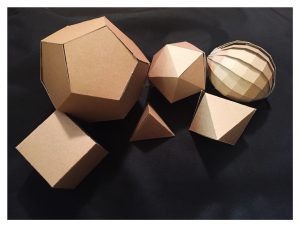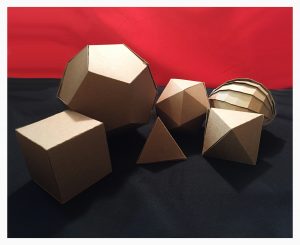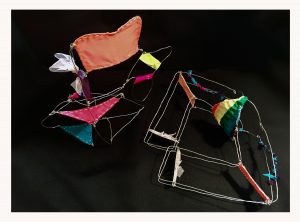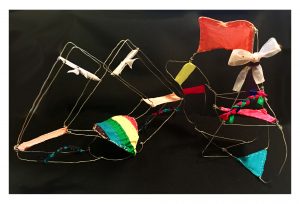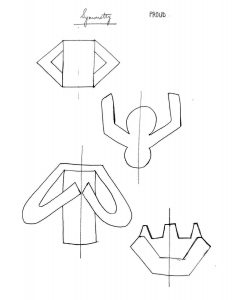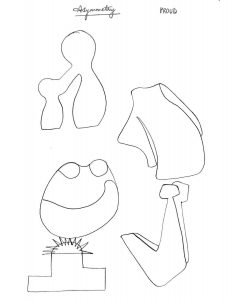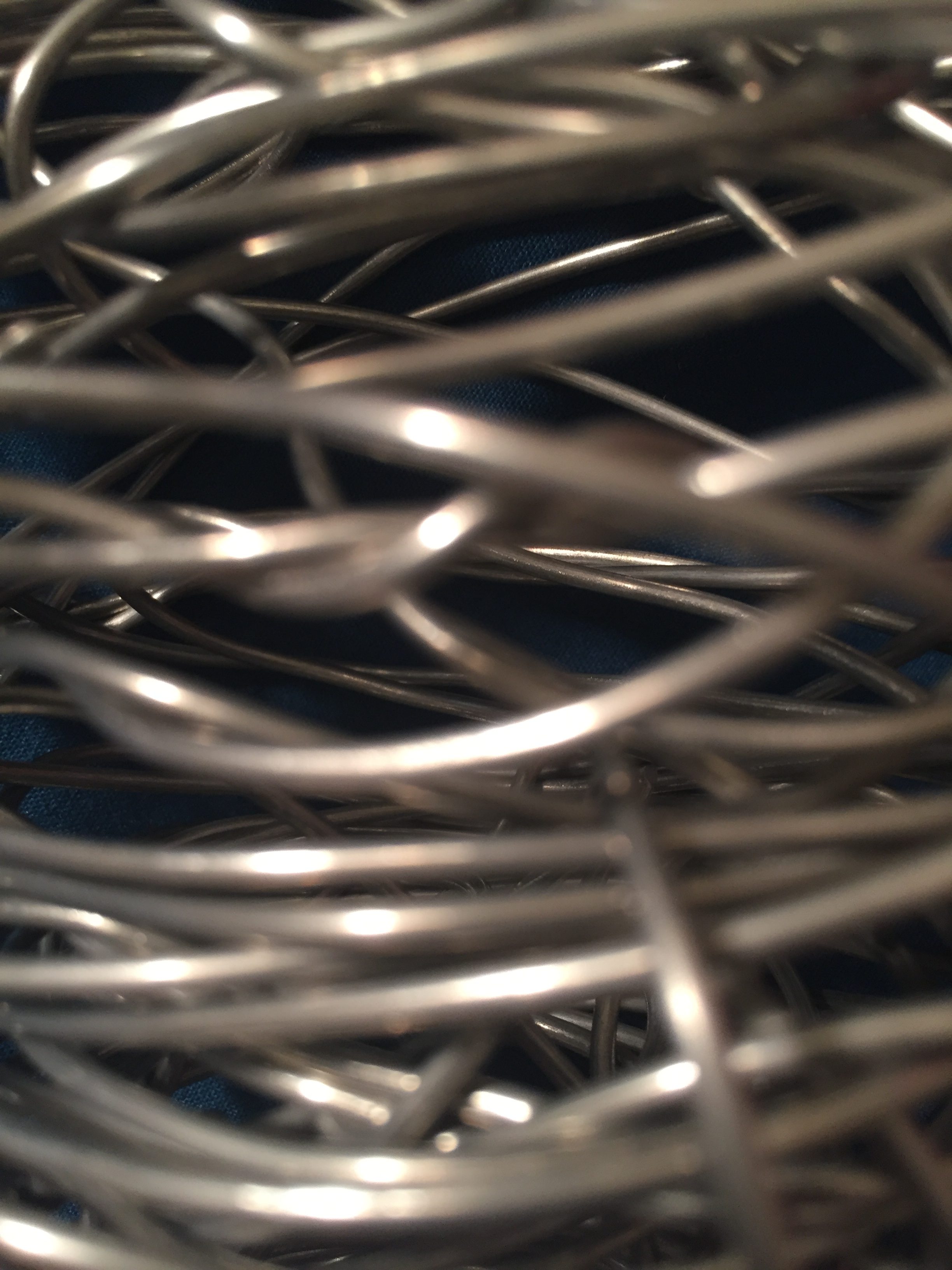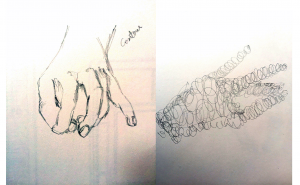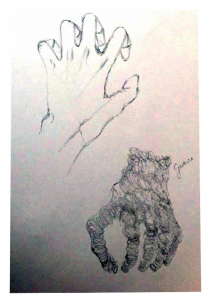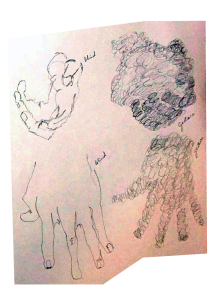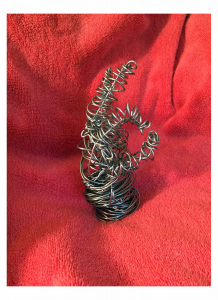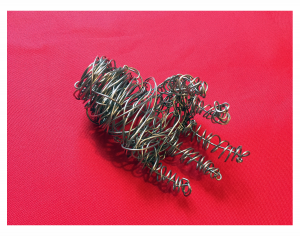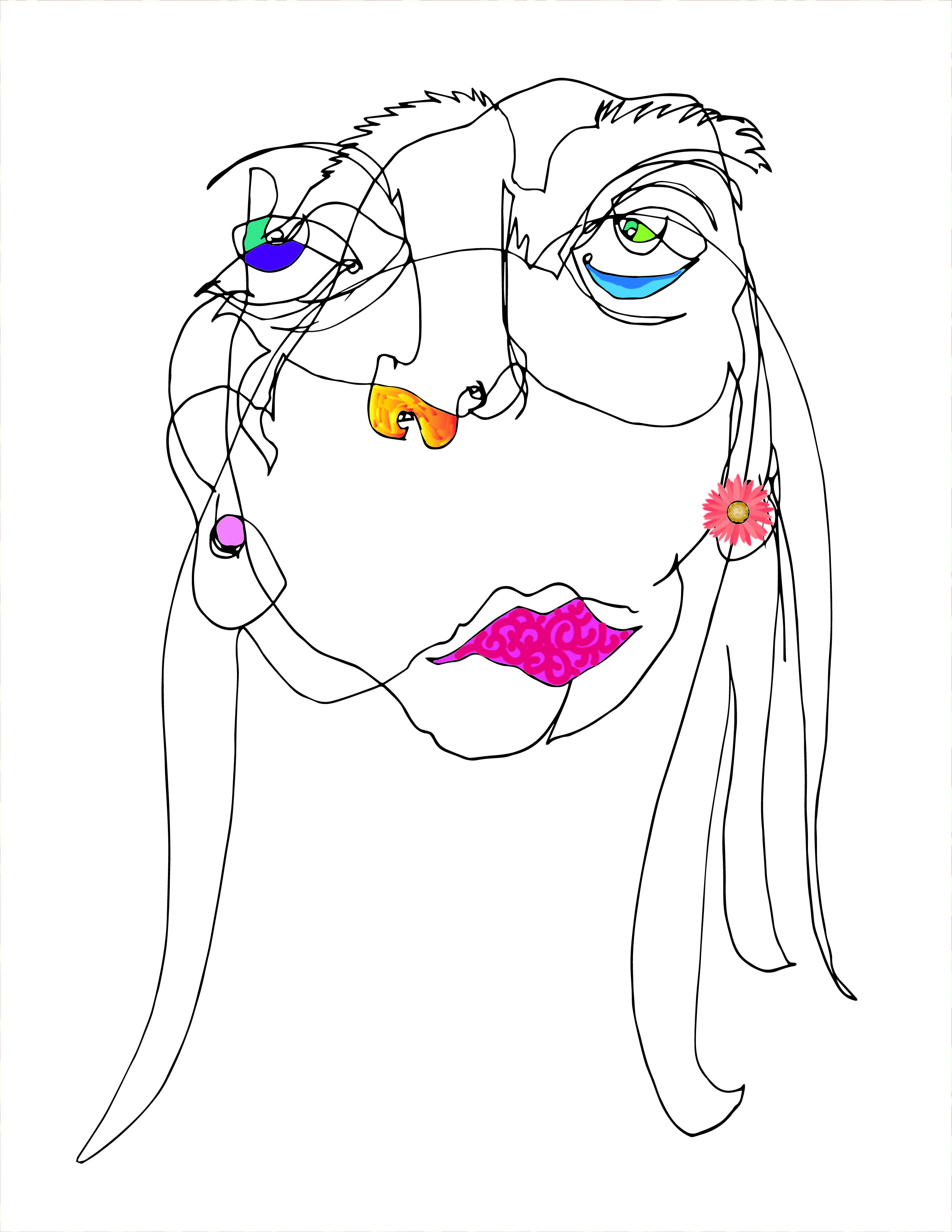
Author: karns878
Helvetica Response
An Avatar for Neutrality
As shown in the documentary, Helvetica is mostly an avatar for neutrality and simplicity. It is a clean font that puts forth the required message with great efficiency. Some designers talk about the smoothness of this font that makes it more human. Typographers use Helvetica when the designer wants the audience to focus on the brand and not its name. It has been said that typography equals creative design. This sentence makes me think about the power of text, font and its various properties. The same piece of text, manipulated in different ways, can have different impacts on viewers. Even within a font, for example Helvetica, there can be various changes in the size, color, spacing, etc. The documentary includes shots of store billboards, hoardings, signs etc from all over the world that are in different forms of Helvetica. Helvetica is also an avatar for generalization. It is clear and can be understood by all human beings without any confusion.
Helvetica is interpreted differently by some people. They think of it as a plain, mundane and overused font. Designers agree that the font they were once obsessed with, does not have that attraction for them anymore. Seeing the same font everywhere you go, can get quite boring. However, the universality of Helvetica cannot be overlooked. It a convenient font that will probably remain in its “overused” state for a long time because of its neutrality.
Borges Response
The Teeming Mind of Irene Funes
From his first encounter with Funes, Borges describes him as a boy with a straight, hard face holding a cigarette. He stresses on Funes’ mocking voice quite a few times through the short story. Borges talks about Ireneo Funes’ quirks, like remaining distant from other humans and his chronometric mind. After Funes’ tragic accident (not so tragic for Funes’ himself) Borges happens to meet him once again. His description of Irene this time is one of an incredulous nature. Funes does not come off as a normal human being. He believes that all other people are careless, inattentive and forgetful. The aftermath of his injury resulted in him attaining the extraordinary power of memory and perception. He could now perceive and remember every minute detail around him. Borges emphasizes that his faintest memories are comparable to a general human’s strongest ones. In his story, Borges seems to admire Funes and his anomalous capabilities.
The most effective descriptive detail of Funes’ character is that of his mind. I was intrigued by the explanation of how the overflowing world of Funes did not let him sleep easily. Sleeping was a task for him, because it meant giving the mind a break from the constant activity in the world. His attention to the intricacy of life, time and space is fascinating. Borges captivatingly describes Funes’ ability to remember every single thing.
Platonic Solids
Word Note
Relish (trans.) – to take pleasure or delight in; to enjoy greatly.
The obsolete definition of this transitive verb is “to have a touch or trace of (some quality or thing).” As I pronounce the word “relish”, it seems to roll off my tongue and literally leave a trace behind. The ending ish sound is soft and wispy. Relish also reminds me of the word “delicious” and so it matches its current definition of having a liking or taste for something. It may sound fancy, but it is so much better than the dull, overused words like enjoy, tasty, exciting, etc. In fact, words like relish make me “take pleasure in” the reading even more.
Linear 2 Writing Reflection – “Proud”
For this assignment, I was given the emotion ‘proud’.
Proud /proud/ (adjective) – feeling deep pleasure or satisfaction as a result of one’s own achievements, qualities, or possessions or those of someone with whom one is closely associated.
Synonyms – pleased, glad, delighted
Antonyms – shameful, ashamed, unimpressed
When I hear the word ‘proud’, it conjures up the emotions of happiness, joy and content in my mind. It makes me think of celebration, excitement and rejoice.
The lines I drew for my symmetrical as well as asymmetrical drawings, were ones that showed dynamic extension upwards and bulging outwards. When you’re proud of yourself or of someone close to you, your head is held high in pride. The motions are directed upwards.
I did consider the works of Alexander Calder while working. The movement in his mobiles inspired me to try and give my models a kind of dynamic look. Ruth Asawa’s intricacy and the finesse in her lines helped me focus on improving my craftsmanship.
While working on my sketches, I found it easier to come up with a symmetrical drawing because I wanted to depict the motion of being raised up (hands). The asymmetrical ones took me longer to come up with. I focused on the image of bulging or swelling with pride.
Overall, this assignment was a very interesting approach to emotions through art and I thoroughly enjoyed it.
The Piano Player
The few action verbs that I associate with my peer, Eric Hu’s essay pertain to the abstract qualities of passion, distaste, diligence and freedom. The questions that I have put down aim to understand him in a deeper way and help me get into his mind.
Action Verb List
- To liberate
- To rehearse
- To disrelish
- To constrain
- To indulge
- To reinvest
- To regorge
- To master
- To relish
- To devote
Interview Question List
- What is the purpose of your life?
- What amuses you the most?
- What is your favorite part of your daily routine?
- What are you most afraid of?
- How often do you do something just for yourself?
- What does your ringtone sound like?
- Do you like your name?
- When have you felt your biggest adrenaline rush?
- Have you ever kept up with a New Year’s resolution?
- How would you want your life to end?
Haptic Space – Linear 2
Bridge 1 (Memoir) | A Personal History in Objects

Assignment: Generate a list that explores your past and current personal objects. “Objects” could include: clothing, accessories, books, furniture, tools, gear, gadgets, knick-knacks — the list is infinite. Think about something unique, unusual, or multi-faceted that might reveal something significant and specific about you. Think about what it meant to you or what stories it evokes for you. Then, think about what the object might signify beyond the personal. Then, think about how your “use” of it may have changed the object.
Once you’ve carefully thought through the considerations above, choose one of the personal objects to describe and analyze in a short personal essay.
Reflection: Being the first essay, it helped me develop an understanding of my writing and grammar skills in comparison to my new peers. It made me realize what I was in for and how much I needed to work on myself. This essay was later critiqued by one of my peers, who generously explained my strong points along with my weaknesses.

